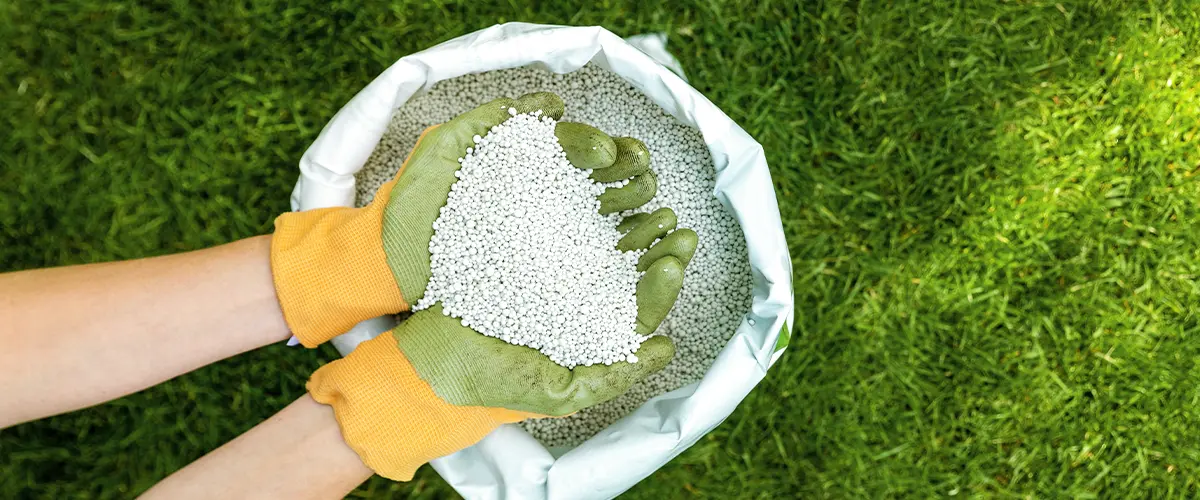Having a lush, green lawn is the pride of every Colorado homeowner. Achieving it can be quite a challenge due to different types of grasses and varying seasonal needs in this region.
In this article, we’ll guide you on when and how to fertilize your lawn effectively for optimal results. So stay tuned, your dream lawn is just a read away!

Key Takeaways
- The best times to fertilize cool-season grasses in Colorado are early spring and late fall.
- Using slow-release or organic fertilizers can keep your lawn healthy, green, and lush year-round.
- Spread fertilizer evenly and water thoroughly after application for the best results.
- Always follow the manufacturer's instructions on your chosen fertilizer product.
Best Lawn Fertilizer For Colorado
Understanding the nutrient analysis of different fertilizer options is crucial to select one that fits your lawn’s needs.
In Colorado, slow-release fertilizers often work best, gradually supplying essential nutrients over time. Organic options can also be beneficial, providing nutrients while improving soil structure and microbial activity.
Carefully evaluate these choices to ensure the health and vibrancy of your lawn in Colorado.
Nutrient Analysis
Your lawn’s nutritional requirements are key to fostering a healthy, lush environment. Nutrient analysis is thus essential to determine the exact composition of the fertilizers that your lawn requires. Here’s a simple table that breaks down what each nutrient does:
| Nutrient | Purpose |
|---|---|
| Nitrogen (N) | Promotes leaf growth and gives your lawn its characteristic green color. |
| Phosphorus (P) | Necessary for root development and helps with plant maturation. |
| Potassium (K) | Aids in overall plant health and disease resistance. |
